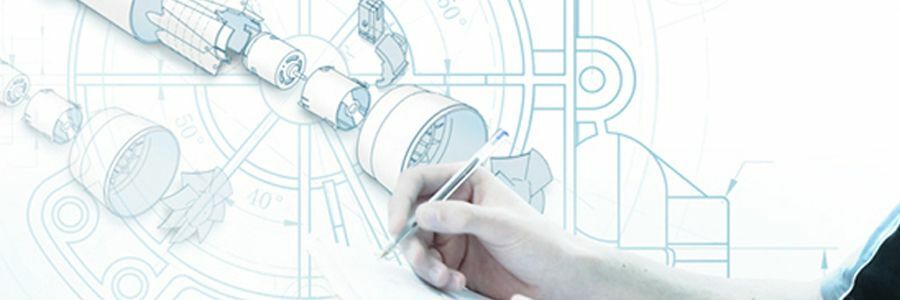Own development model for Integrated Management of Technological Innovation.
Development of a collaborative design method for developing customised machine tools

The TRANSPARENCY project, which is partially funded by the Seventh Framework Program of the European Union of which the German technological centre Fraunhofer IPA is leader, is mainly addressed to the European machine tool industry sector which due to the financial crisis and fierce Asian competition is forced to adopt new business models and seek differentiation through custom products with a high added value
VISIT WEBSITEThe main objective of the project is to develop collaborative design and knowledge-based collaboration between the machine manufacturer, the buyer and the supplier network during the full life cycle of the machines in such fields as engineering, design, manufacture, setting, use, purchase and sales process and recycling. This facilitates a sustainable design of the machine on the one hand and the development of complex, customised and optimised machine tools on the other.
IK4-IDEKO has drawn up a conceptual definition of the applicable co-design method, as well as of the machine model that was used as a demonstrator.
The role of IK4-IDEKO in the project fits perfectly in the line of activity of the Design and Precisión Engineering, one of the 8 research lines of the technology centre.
In addition to improving collaborative design and knowledge exchange between the design and operation phases, a method to predict the cost of the life cycle of the machine was developed in the framework of the TRANSPARENCY project, which addresses issues related to the maintenance operations, setting and optimal productivity of the machine.
This new method of collaborative design is implemented in a distributed Co-Design Environment (CDE) based on connectivity applications with semantic middle-ware technology. This environment allows as a first strategy a structured web interface for the purposes of the project and in this environment all information units of the project are integrated. The Co-Design environment has three distinct parts. In the first part, the initial requirements of the purchaser are defined, in the second part an undefined number of machine design alternatives are generated using modified machine architectures, types of parts, part references and/or design specifications, and finally in the third part each alternative is analysed with respect to the defined functional requirements, such as cost (LCC), environmental impact (LCA), Operational Efficiency (OEE).